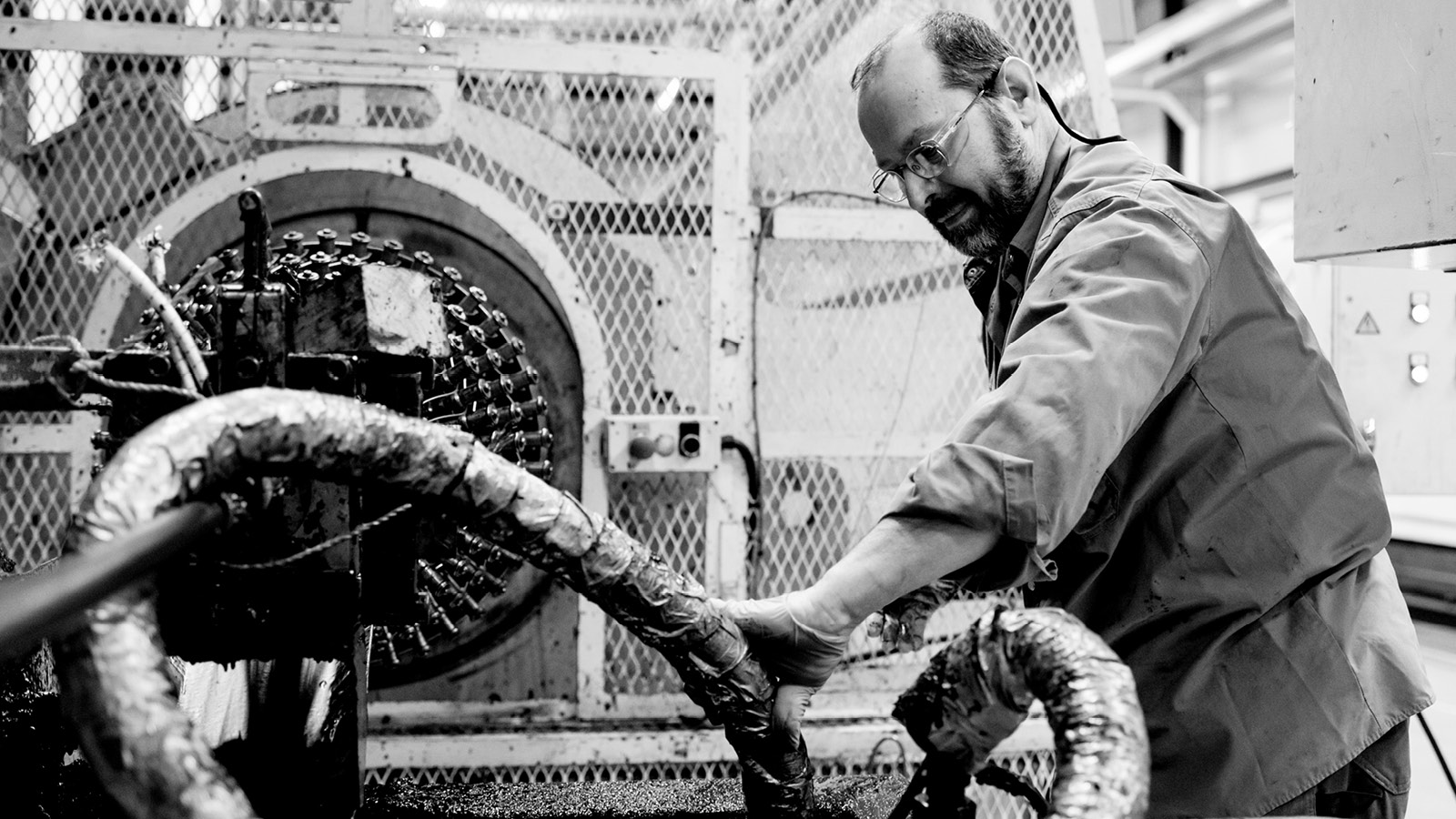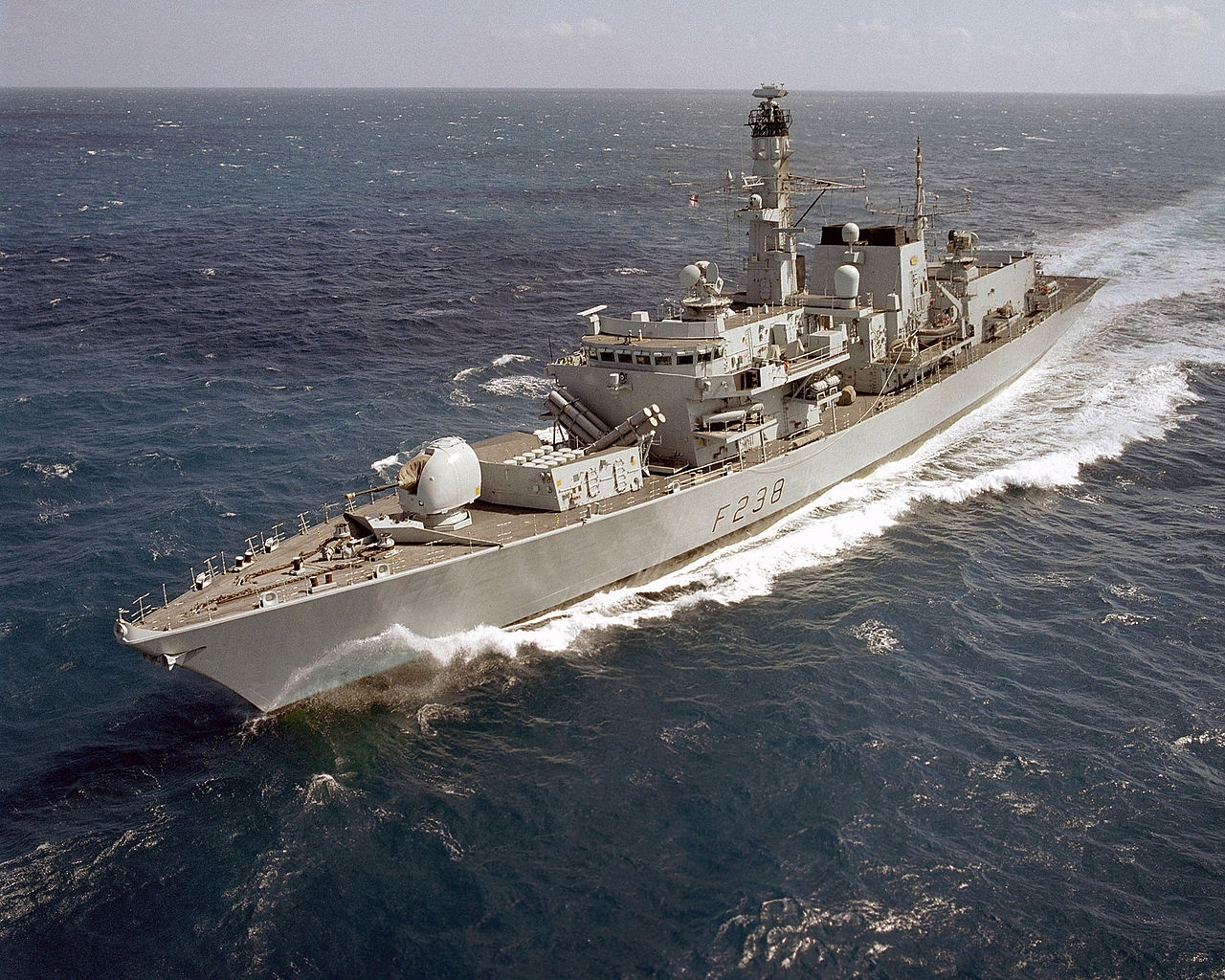The design of a sonar cable is always unique. After all, each sonar system benefits from a fit-for-purpose sonar cable, of which the most crucial requirements differ. That’s why it is important to know early on what the main requirements are for your subsea project. They form the basis of every sonar cable design.
Deep-dive in all types of Sonar System Requirements
For naval defense projects, we can classify the most important sonar system requirements into 5 main categories:
- Functional requirements
- Operational requirements
- Handling requirements
- Environmental requirements
- Interface requirements

In this blog, we cover all five sonar system requirements, explain the differences, and provide some examples. Starting with the specification that is often leading: function.
-
Functional Sonar System Requirements
Functional requirements are often directly linked to physical properties. For example, heavy tow cables need to be heavy and therefore contain a steel strength member, while towed sonar array cables for submarines and light tow cables for variable depth sonar need to be as close as possible to the density of water, to make them neutrally buoyant.
Some functional requirements, like power and optics, define the type, size, and number of components and how they are integrated, causing them to have an enormous impact on the geometry of the sonar cable.
-
Operational Sonar System Requirements
Towing loads, the number of cycles, the speed of the vessel, and operating depth - these are all examples of operational requirements. Usually, the operational data leads to the actual design life or mean time between failure. Speed and depth impact load variation, while waves and ship motions lead to bend stresses.
One of the most important examples of an operational sonar system requirement is the operating load. Knowing the required operating load defines the maximum workload of the sonar cable, which in turn impacts the required strength and the strength member of the cable.
For military applications, the Survival Load is an important operational requirement. Read more about the Survival Load here.
-
Handling Sonar System Requirements
Knowing how the sonar cable will be used in practice is very important in the design process. An example of this is the handling system on which the cable will be mounted. What are the dimensions of the winch, the sheave wheel and the fairleads? The handling system impacts the required minimum bend radius of your sonar cable.
Other important handling requirements are deployment and recovery. The number of launches and the loads that are deployed/retrieved are crucial insights for the cable design. In most cases, these requirements are verified by qualification tests.
-
Environmental Sonar System Requirements
Other important requirements for naval defense projects are the environmental sonar system requirements. As some operations are executed in certain conditions (depending on temperature, chemicals, salinity of the water, etc.), the sonar cables need materials that are suitable for these environments.

For environmental requirements, analysis is often sufficient as our material suppliers already gathered data before shipping their materials to the cable supplier. For example, the materials DeRegt uses for sonar cables are normally suitable for temperature ranges of at least -40 to up to 85 degrees Celsius, complying with almost all temperature requirements.
-
Interface Sonar System Requirements
Finally, the sonar cable must connect to the rest of the sonar system. The Interface Requirements determine what the termination should look like.
Terminations consist of four main ingredients. Read more about the termination here.
Standards and Regulations as Sonar System Requirements
Strictly speaking, there is a sixth type of specification that is important when designing a sonar cable. We are talking about standards, rules and regulations that apply internationally.
This can be divided into:
- Applicable (international) standards, depending on the waters in which your subsea project will take place
- Rules / regulations
- Banned materials
Standards and Regulations are rarely, if ever, an obstacle in the design of the sonar cable. Our cable designers know which materials meet the standards and regulations in (international) waters. They do not use banned materials in any case. This means that - although standards and regulations can be a point of interest for you as an engineer - our cable designers make sure you don’t have to worry about this aspect!
Capture the most important requirements for your project
Above we briefly discuss the types of requirements and what should be considered when designing a sonar cable. Some examples are mentioned, but each category has several requirements, the importance of which varies for each subsea project.
How can you be sure that you are capturing all the important requirements for your project? To help you with this, our experts created a convenient checklist. On it, you tick off all the specifications and enter the design process confidently. Download the checklist here:
With all other questions about your cabling needs, you can contact my colleagues or me here. Our cable experts are always happy to help, advise or guide you in all your cable requirements.



